-
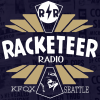 play_arrow
play_arrow
Racketeer Radio KFQX The New Golden Age of Radio
Make Believe Ballroom: The Rundown & Its Return
By Ace Hartmann | Racketeer Broadcast Association |
The idea of using recorded music as a programming feature on radio was not new in 1935. Indeed, early radio inventors utilized recorded phonograph music as material for experimental broadcasts.
As early as 1908 the American inventor Lee DeForest broadcast recorded music in an experimental program from the Eiffel Tower in Paris. In 1907 a German radio researcher, Waldemar Poulsen, broadcast recorded classical music from Berlin that was picked up in Copenhagen, Denmark some two hundred and fifty miles away. Reginald Fessenden began experimenting with wireless telephone broadcasts in 1906 when he played a recording of Handel’s “Largo” on Christmas Eve from a station located at Brant Rock, Massachusetts. DeForest also used recorded music as the staple program fare on his first experimental station. In 1910 he broadcast Enrico Caruso live in an opera from the Metropolitan Opera in New York, a program picked up by some fifty people.
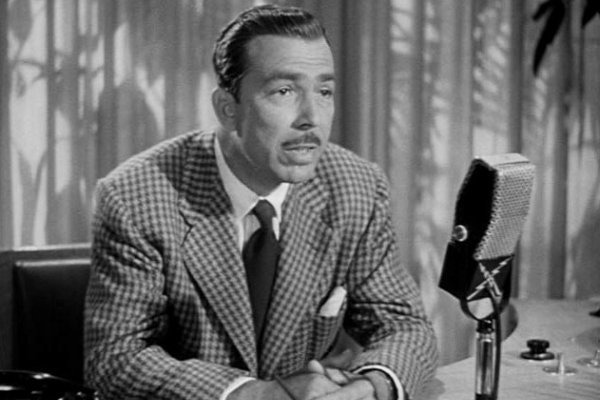 Martin Block was born in Los Angeles in 1903. Block’s father was a concert pianist, who died while Martin, his only child, was still an infant. His mother soon remarried and the family moved to
Martin Block was born in Los Angeles in 1903. Block’s father was a concert pianist, who died while Martin, his only child, was still an infant. His mother soon remarried and the family moved to
Baltimore. By the age of thirteen, Block’s mother and stepfather moved to New York City. In order to help the family finances Block left school and in 1916 found employment with General Electric Corporation as an office boy. Block absorbed two years of this daily information and experience from a man who would later become instrumental in establishing a foundation for radio in America during the formation of R. C. A.
By this time, Block, in his late twenties and married, migrated toward the west coast obtaining selling jobs along the way. In California, Block’s fortunes seemed to sink as low as those of the nation in the depths of the Depression. It was at this time Block made his initial start in radio. In 1933 he became an announcer for a Tijuana, Mexico radio station, XEFD, owned by a publisher of horoscopes. As the mood struck him the owner would go on the air and sell his horoscopes. In 1934 Block left the Mexican station, and for a time worked for KMPC radio as an announcer in Los Angeles. He soon became disenchanted however, with the constant changes in the station’s management and left California for the East arriving in New York late in 1934.
When Martin Block arrived at the WNEW studios late in 1934, the station was less than one year old when one of the most sensational courtroom trials in modern history began.
The principals in the case were Charles Lindbergh, his wife Anne and Bruno Richard Hauptmann, a German carpenter accused of kidnapping and murdering the Lindbergh’s only son, Charles, Jr. The trial,
held in the small New Jersey town of Flemington, captured the imagination of practically every news director and managing editor of every radio station and newspaper in the nation. Over 700 newspaper reporters descended on the town to cover the trial representing more than 200 newspapers. With its proximity to New York City, the trial drew representatives from the national radio networks as well as independent stations, among them WNEW.
It had been less than eight years since “Lucky Lindy” had made his historic solo air flight from New York to Paris across the Atlantic and since that time the adoration of the American public for the shy, modest flyer had scarcely diminished at all. The nation was thrilled by his marriage to Anne Morrow in the early thirties and horrified by the kidnapping and subsequent death of the couple’s first born child.
For the past months Martin Block was commonly called a “staff announcer” for WNEW. He read commercials, station breaks and announced some of the introductions to the station’s various programs. With the emphasis on remotes from the Hauptmann/Lindbergh trial, Everyday there has been about 2 hours of summarized testimony and courtroom description. Block was given the assignment of playing recorded music between reports
Shortly after beginning this fill-in programming Block went to Bernice Judis of WNEW, with a plan for a program, which he called the “Make-Believe Ballroom”.
The idea for the program did not originate with Martin Block. When Martin Block was working in Los Angeles in 1933 he heard a disc jockey at station KFWB playing records of popular artists and carrying on one-sided conversations with the bandleaders and singers as if they were in the studio. Borrowing both the concept and the title from West Coast disc jockey Al Jarvis, who had launched the similarly named The World’s Largest Make Believe Ballroom in 1932 at KFWB. Marin Block worked with Al Jarvis in KFWB, before leaving to the east coast and heading to WNEW. Given the go-ahead from Judis, Block put the show on for a fifteen minute period before each planned trial remote.
Angeles in 1933 he heard a disc jockey at station KFWB playing records of popular artists and carrying on one-sided conversations with the bandleaders and singers as if they were in the studio. Borrowing both the concept and the title from West Coast disc jockey Al Jarvis, who had launched the similarly named The World’s Largest Make Believe Ballroom in 1932 at KFWB. Marin Block worked with Al Jarvis in KFWB, before leaving to the east coast and heading to WNEW. Given the go-ahead from Judis, Block put the show on for a fifteen minute period before each planned trial remote.
“It was simply a daily program of phonograph records, but the announcer made a great pretense of having, say, Jan Garber, playing on stage one, Paul Whiteman waiting his turn on stage two, Rudy Vallee in the wings, ready to croon. The announcer took listeners in their imagination to a ”Make-Believe Ballroom”, far from any two-by-four radio studio.”
- A Time magazine article on Block described what he had heard
The disc jockey was Al Jarvis and he called his program “The World’s Largest Make-Believe Ballroom”. Martin Block had not forgotten his former colleague and L.A. Disc Jockey Al Javis or “The World’s Largest Make-Believe Ballroom” and the assignment to fill-in between trial remotes at WNEW was his chance to put the idea into practice. Jarvis did not take out any copyright on the title and Block simply shortened his version to “The Make-Believe Ballroom”.
The audience embraced Block and WNEW in unprecedented numbers for a comparatively new radio station which was competing with the network giants in the nation’s largest market. The last half of the decade of the thirties was vitally important for WNEW and Martin Block. For Block it was a period of expansion both in popularity and air time.
By 1940 Martin Block was on the air twice a day at WNEW with two Ballroom segments, one in the morning from 10 to 11:3 0 and in the evening from 5:30 to 7:30 with his audience growing. The period from 1945 to 1954, Martin Block’s last years with WNEW, was even more successful than the war years. Make Believe Ballroom became so popular that when WNEW moved to a new studio on Fifth Avenue, they constructed a simulated ballroom—complete with chandelier and black linoleum—for Block’s broadcasts.

Block had always had a desire to move back to the West coast where he had begun his radio career. In 1947 he got the opportunity. While he was leaving New York, Block was not leaving WNEW. The “Make-Believe Ballroom” would continue on that station through recordings made by Block in a studio built at his home in Encino. Jack Katz, the lawyer who represented Block from 1948 until his death, According to Katz, Block maintained he had the rights to the “Make-Believe Ballroom” name and program concept. This was a strong point in the negotiations with WNEW in 1948. The program was more popular than ever at that time and quite naturally WNEW wanted to keep it and Martin Block on the air. As Katz recalled, “they were very tough and long negotiations. The (contract) numbers were very substantial for that day and that time. ”
1954 became a pivital one for the station. It marked another sale of the station from William Cherry and his associates to a group headed by Richard D. Buckley. It was also in 1954 that Martin Block, after 20 years decided to go national with the American Broadcasting Company. He had been with WNEW for twenty years. A combination of a five year noncancellable contract offer from ABC and the refusal of Bernice Judis to grant the same offer, resulted in the move. Discussing Block’s departure Judis said, “We just got sick of each other. ”

Jerry Marshall took over the show for three years, after which William B.Williams was tapped to host the program, ‘Make Believe Ballroom’, for nearly three decades. The show continued on WNEW, with a brief interruption in the 1970s when the name was dropped and then restored in 1979, until 1992 when the station changed its format. After leaving WNEW, the show was revived in 1996 by Bill Owen on WVNJ and then on WNSW in Newark, New Jersey where it was hosted by Julius La Rosa in the late 1990s. The show is currently based at WGMC in Rochester, New York, with Jeff Bressler as host where it resides today. Make Believe Ballroom premiered on Racketeer Radio KFQX in 2021, taking a hiatus, Jeff Bressler took some time off for some much need orthopedic surgery’s for old sports injuries.
Today, Racketeer Radio KFQX is beyond thrilled to be apart of the continued history of ‘Make Believe Ballroom‘, as it marks its return of ‘Make Believe Ballroom’ on Racketeer Radio KFQX with Jeff Bressler accompanying you to the Ballroom every Wednesday at 4pm PST, here on Racketeer Radio KFQX.
For more information on Make Believe Ballroom hosted by Jeff Breasler go to makebelieveballroompodcast.com
Written by: Ace Hartmann
Similar posts
Copyright Pro Radio - Racketeer Broadcast Association 2025

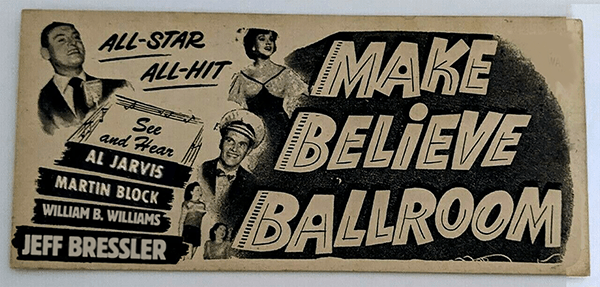
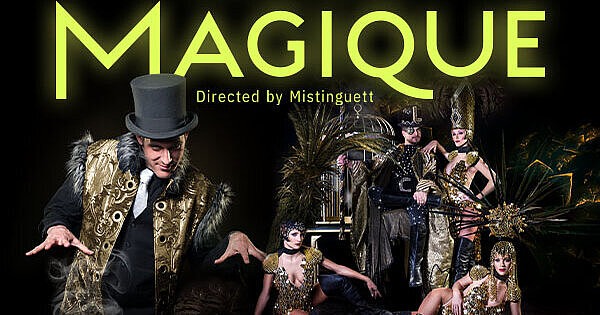
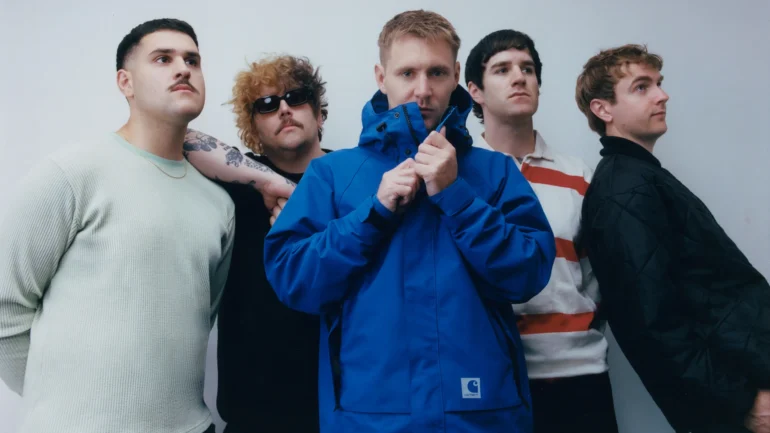
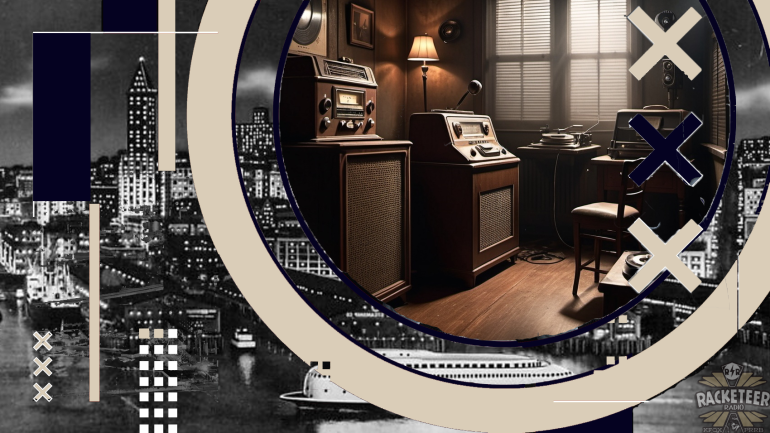
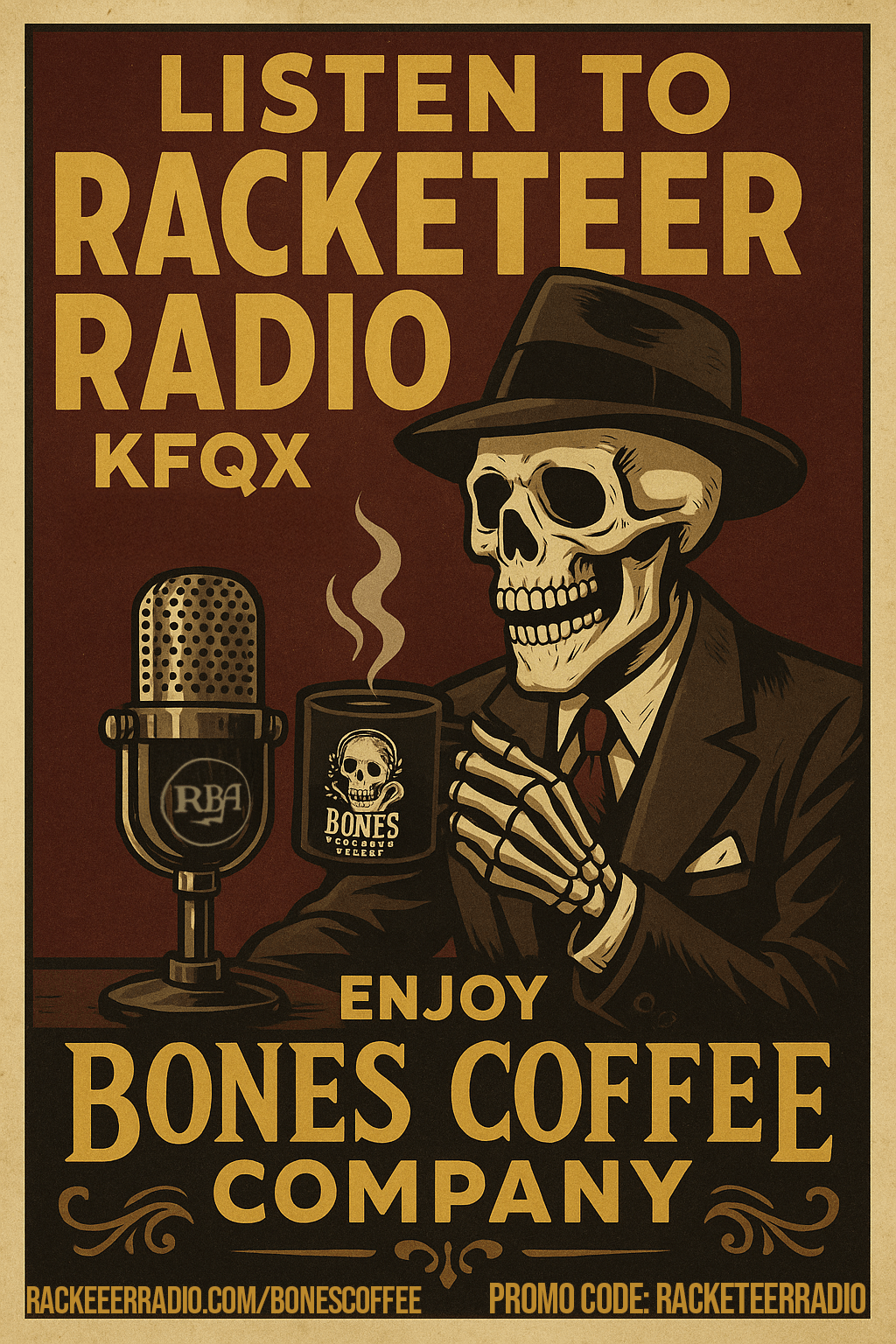
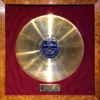
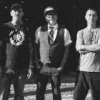

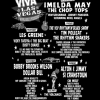
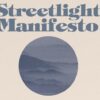
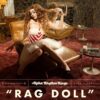
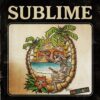

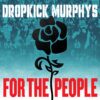
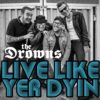

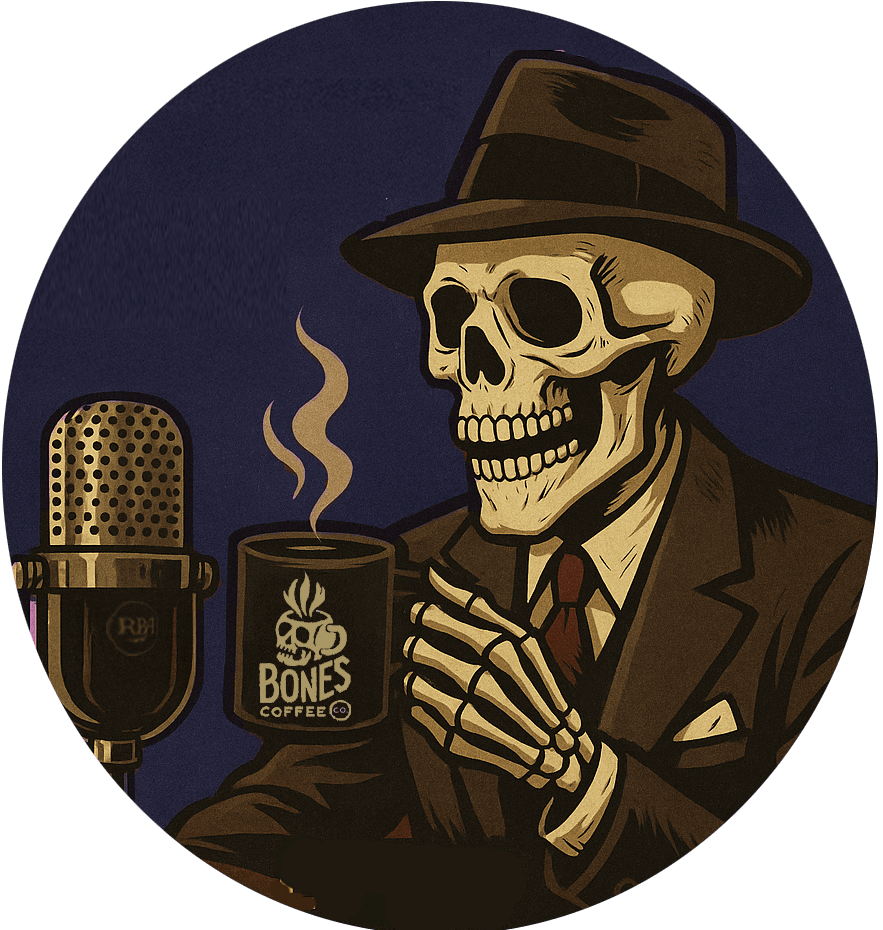
Post comments (0)